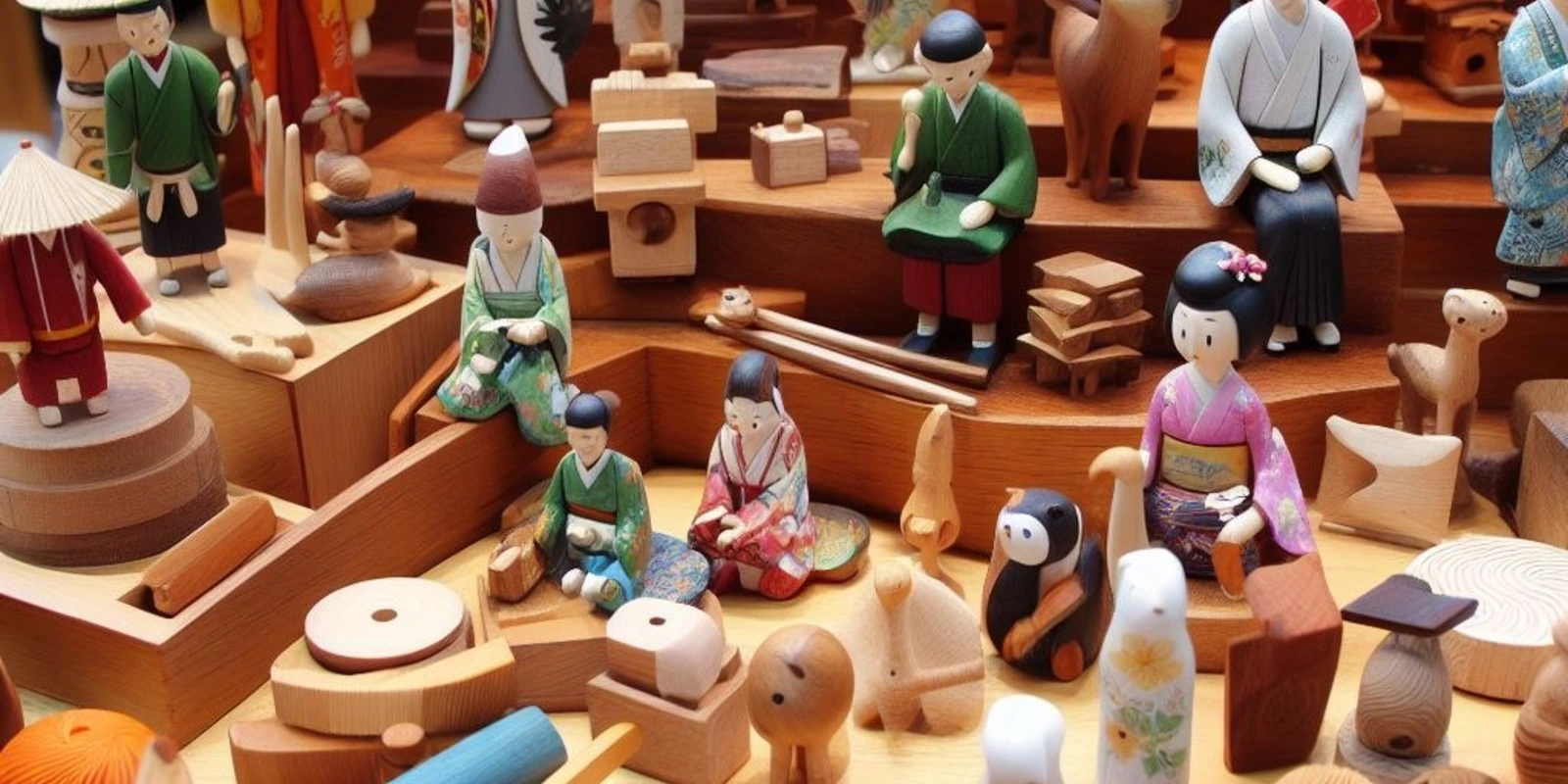
The Renaissance of Traditional Toy-making Craftsmanship

In an era dominated by digital devices and electronic toys, there's a surprising resurgence in the demand and appreciation for traditional toy-making craftsmanship. This renaissance of handcrafted toys speaks to a broader movement valuing quality, sustainability, and timeless appeal.
1. The Charm of Handmade Toys
Unlike mass-produced toys, traditionally crafted toys have a unique charm. Each piece tells a story, often reflecting the cultural heritage, artistic expression, and the personal touch of the artisan. The intricate details, natural materials, and classic designs offer an authentic experience that modern toys often lack.
![]() Find "Handmade Wooden Toys" on Amazon
Find "Handmade Wooden Toys" on Amazon
2. Environmental and Health Benefits
Traditional toy-making often uses sustainable materials like wood, cotton, and natural dyes. These materials are not only eco-friendly but also safer for children, devoid of harmful chemicals commonly found in mass-produced plastic toys.
3. Educational Value
Handcrafted toys often require imaginative play, enhancing cognitive development, creativity, and motor skills in children. Classic toys like puzzles, building blocks, and hand-sewn dolls encourage problem-solving, storytelling, and physical coordination.
4. Economic Implications
As demand for handcrafted toys grows, it's fostering a thriving market for artisans. Small businesses and local craftsmen can tap into this niche, promoting their unique products in local markets or online platforms. This has implications for local economies, promoting sustainable business practices and generating employment opportunities.
https://www.handmadetoymakersguild.com
5. The Role of Online Platforms
Online marketplaces have played a significant role in the renaissance of traditional toy-making. Websites dedicated to handmade goods offer craftsmen a global audience, bridging the gap between local artisans and consumers seeking authentic, high-quality toys.
6. Challenges and the Way Forward
While the resurgence is promising, traditional toy-makers face challenges. Competing with cheaper, mass-produced toys, ensuring consistency in quality, and catering to a global market can be daunting. However, with targeted marketing, collaborations, and emphasizing the unique value proposition of handcrafted toys, artisans can carve a significant niche in the market.
Conclusion:
The renaissance of traditional toy-making craftsmanship is a testament to the timeless appeal of handcrafted products. As consumers become more discerning, valuing quality, sustainability, and authenticity, the future looks bright for artisans dedicated to the age-old craft of toy-making.







Your insights and experiences enrich our community. Dive into the discussion and share your thoughts with us below!